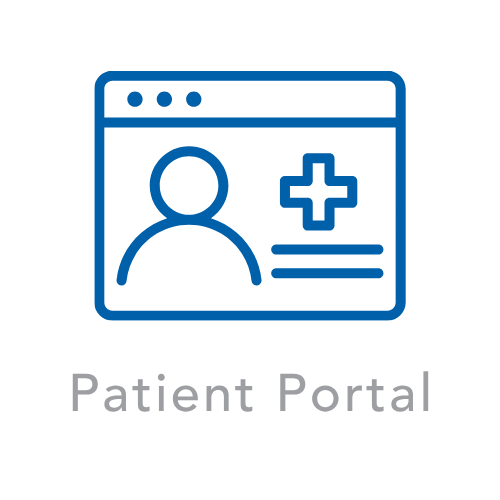Mammography
A mammogram is a screening tool designed to detect breast cancer early, when it is easier to treat.
All women 40 and older should have a yearly mammogram and clinical exam and a monthly self-exam. Younger women should do self-exams each month and have a clinical exam at least every three years.
Recent studies show women at increased risk of breast cancer should have mammograms earlier and consider additional tests. Other diagnostic imaging tools, such as ultrasound and MRI, are useful in the fight against breast cancer.
How it works
Low radiation x-rays expose a picture of the interior tissue of the breast and identify if there are any abnormalities. Mammograms do not tell if the abnormal area is cancer, but they can help decide if more testing is needed.
Who should have it
Women 40 and older should have a mammogram annually. For those with a personal or family history of breast cancer should have a mammogram earlier. You will need to discuss with your physician when the best time will be for you to have a mammogram.
Why you should have it
Mammograms detect 80%-90% of breast cancers in women who have no symptoms. After detecting, further testing may need to be done.
We also offer 3D Mammography.







